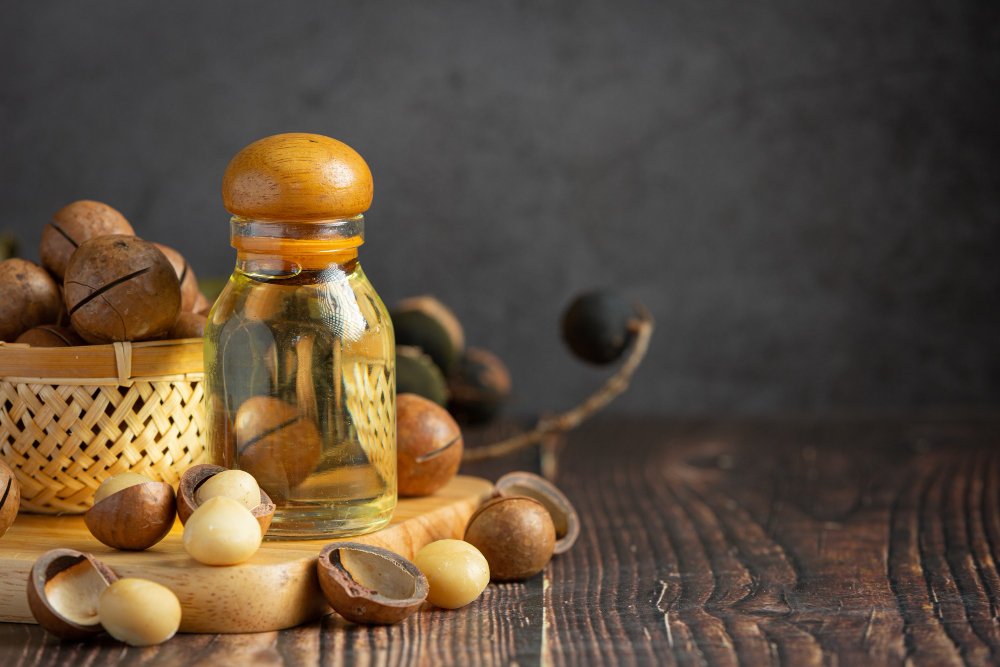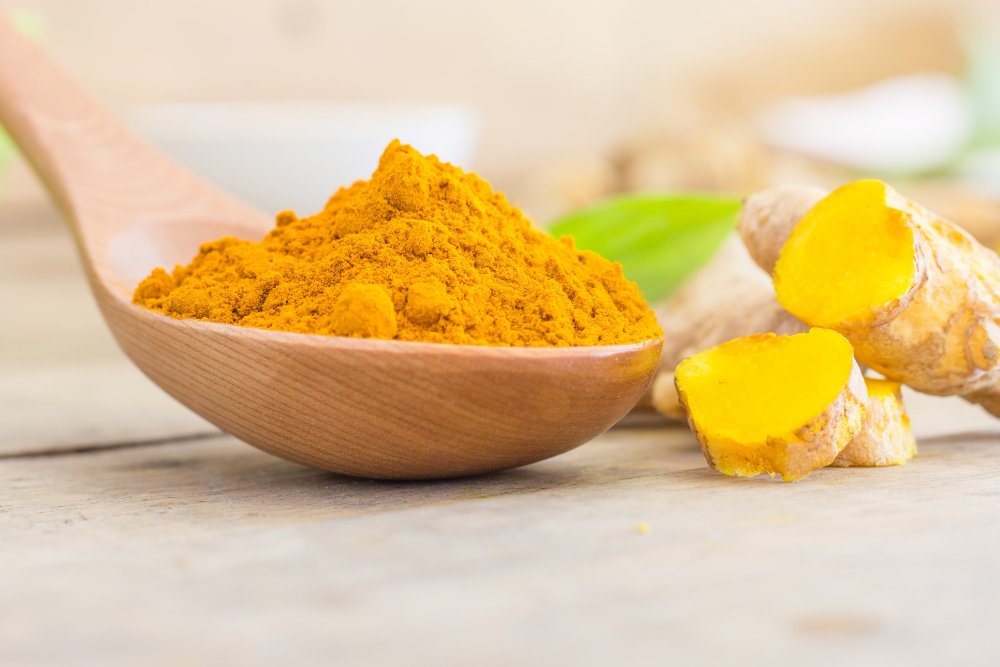Batana oil, derived from the American palm tree known as Elaeis oleifera, is often hailed as a miracle solution for hair restoration, skin rejuvenation, and even eyebrow thickening. With a rich nutrient profile including antioxidants, essential fatty acids, and Vitamin E, it’s no surprise that this natural oil has found its way into the beauty routines of countless individuals. However, despite its many benefits, Batana oil side effects must not be overlooked.
In this comprehensive guide, we will delve deeply into the possible side effects of Batana oil, who should avoid it, how to use it safely, and what to consider before incorporating it into your skincare or haircare regimen.
What is Batana Oil?
Batana oil is a reddish-brown, semi-solid oil extracted traditionally by the Miskito people of Honduras. Often compared to argan or castor oil, Batana oil is particularly popular for promoting hair growth, repairing split ends, and treating dry scalp.
Its composition includes:
- Oleic and linoleic acids
- Vitamin E
- Beta-carotene
- Antioxidants and anti-inflammatory agents
But natural doesn’t always mean universally safe.
Common Side Effects of Batana Oil
1. Allergic Reactions
One of the most common yet overlooked side effects of Batana oil is an allergic reaction. Because Batana oil contains natural compounds derived from palm nuts, it may trigger allergic responses in sensitive individuals.
Symptoms include:
- Itching or redness on the scalp or skin
- Swelling or inflammation
- Skin rashes or hives
- Tingling or burning sensation
We recommend performing a patch test 24 hours before full application to rule out hypersensitivity.
2. Clogged Pores (Comedogenic Reactions)
Batana oil has a moderately comedogenic rating, which means it can clog pores, especially in people with oily or acne-prone skin. While it’s excellent for dry skin, using Batana oil on the face can sometimes lead to:
- Blackheads
- Whiteheads
- Acne flare-ups
Use it sparingly on facial skin and always follow up with a gentle cleanser.
3. Scalp Buildup and Greasiness
Although Batana oil is touted for its hair health benefits, overuse can lead to scalp buildup. This greasy layer can trap dirt and debris, creating an unhealthy environment for hair follicles.
Possible outcomes:
- Greasy, weighed-down hair
- Dandruff-like flakes
- Foul scalp odor
- Reduced hair growth due to follicle blockage
To prevent this, use Batana oil only 1-2 times per week and wash thoroughly with a clarifying shampoo.
4. Photosensitivity
Some users have reported increased sensitivity to sunlight after applying Batana oil to their skin or scalp. Its rich pigment and compounds might heighten your skin’s response to UV rays, leading to:
- Sunburns
- Dark spots
- Hyperpigmentation
Avoid sun exposure immediately after use or use a high-SPF sunscreen.
5. Staining of Clothes and Bedding
Batana oil is naturally dark brown and thick. If not fully absorbed, it can easily stain clothes, pillowcases, or bedsheets.
To avoid this:
- Use an old towel or wrap your hair
- Apply during daytime hours
- Let it absorb for at least 30–60 minutes before bed
6. Interactions with Other Skincare Products
Mixing Batana oil with synthetic ingredients or other essential oils may lead to unpredictable chemical reactions. This could cause:
- Irritation
- Reduced efficacy
- Discoloration of skin or hair
Always check ingredient compatibility and avoid using it in combination with active acids like glycolic acid or salicylic acid.
Who Should Avoid Batana Oil?
Certain individuals should steer clear of Batana oil or consult a dermatologist before use:
- People with nut allergies: As Batana oil is extracted from a nut-like fruit, it could provoke allergic reactions.
- Those with oily skin: Risk of clogged pores and acne breakouts is higher.
- Pregnant or breastfeeding women: There’s limited research on its safety during pregnancy.
- Children under 12 years: Skin sensitivity is high in children, and it’s best to avoid strong topical oils.
How to Use Batana Oil Safely
To enjoy the benefits of Batana oil while minimizing side effects, follow these safety guidelines:
- Patch Test First: Apply a small amount on your inner wrist or behind your ear. Wait 24 hours.
- Use in Moderation: A little goes a long way. Overuse increases risks of buildup and skin irritation.
- Avoid Sensitive Areas: Do not apply around eyes, broken skin, or mucous membranes.
- Rinse Properly: Always wash off thoroughly with a gentle, pH-balanced cleanser.
- Store Correctly: Keep in a cool, dark place to preserve freshness and avoid rancidity.
Natural Doesn’t Always Mean Risk-Free
Even though Batana oil is a natural and traditionally revered beauty treatment, its potential side effects make it imperative to approach it with informed caution. Always prioritize your unique skin and hair needs over trends and testimonials. What works wonders for one person could lead to irritation or worse for another.
If in doubt, seek advice from a licensed dermatologist before beginning any new treatment involving Batana oil.
Alternatives to Batana Oil
If you experience side effects or prefer a safer alternative, consider these non-comedogenic, hypoallergenic oils:
- Jojoba Oil – Great for acne-prone skin, mimics natural sebum.
- Argan Oil – Lightweight, rich in Vitamin E, suitable for hair and face.
- Rosehip Oil – Anti-aging, scar-reducing, ideal for sensitive skin.
These oils tend to have fewer adverse reactions while still offering a wealth of cosmetic benefits.
Final Thoughts on Batana Oil Side Effects
While Batana oil is indeed a potent, nutrient-dense product with numerous benefits, it is not without drawbacks. Allergies, acne, and buildup are all valid concerns that users should consider before using it regularly. By practicing caution and understanding the potential side effects of Batana oil, you can make better-informed decisions that protect your skin, scalp, and overall well-being.







